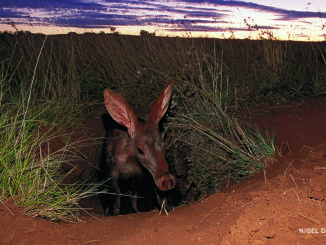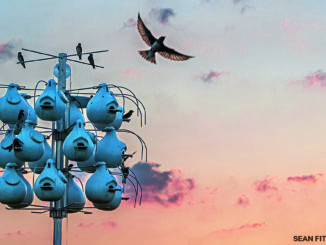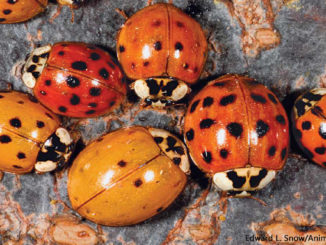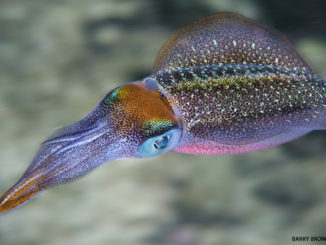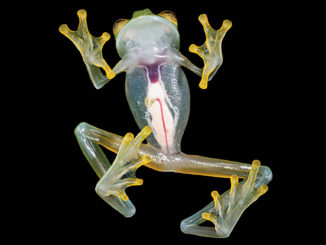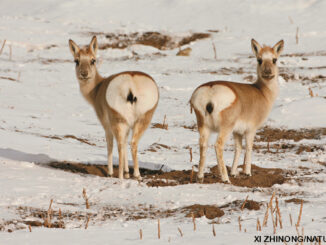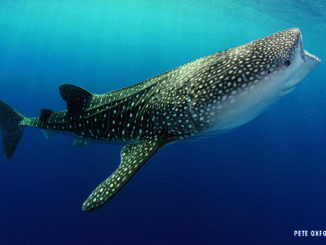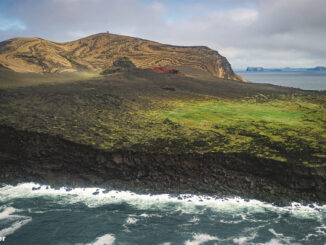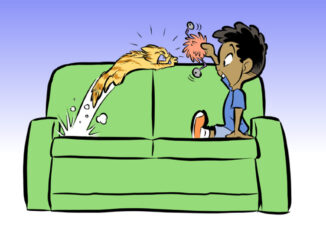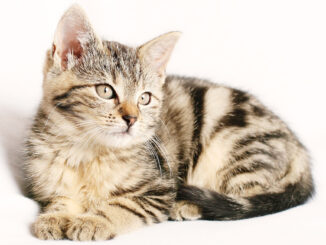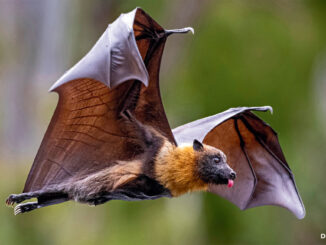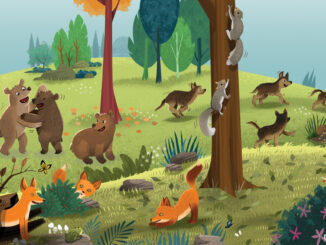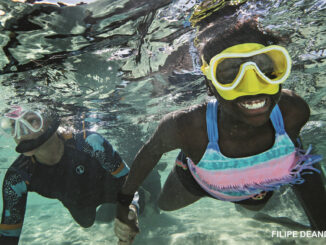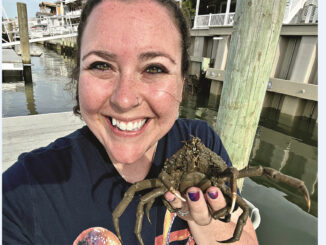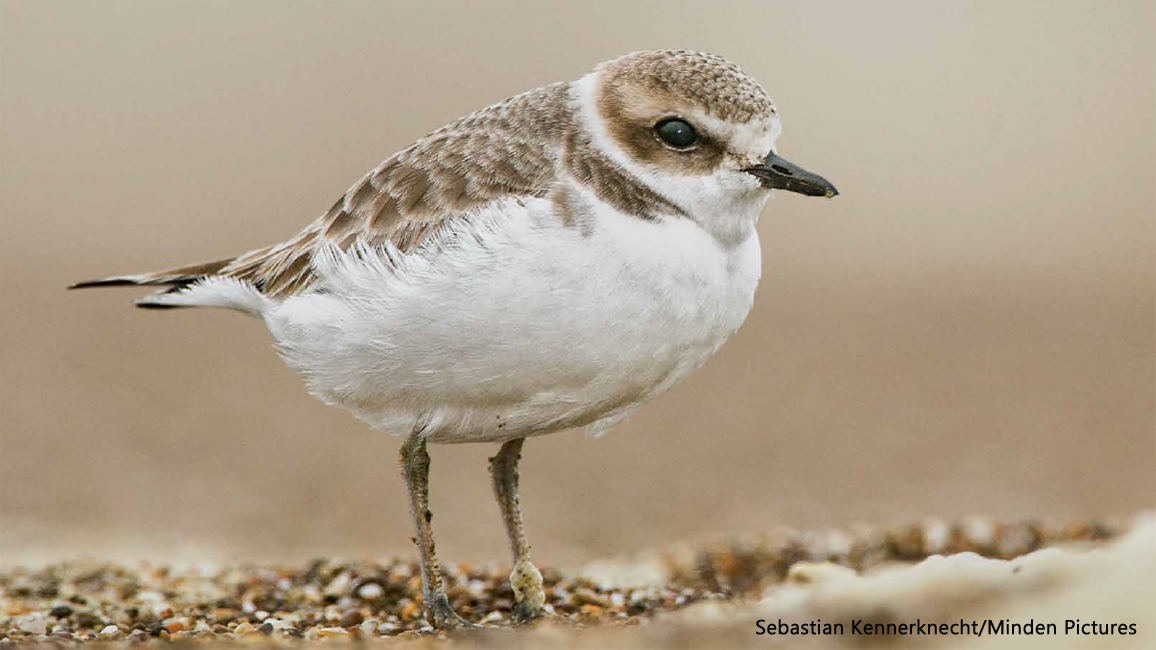
Shorebird SOS
By Kate HofmannFor some snowy plovers, hatching chicks is a hard job. Scientists in California are doing all they can to make it easier for these little birds.
Along the coast of California, there aren’t as many western snowy plovers as there once were. These small shorebirds live on beaches, but life is no picnic for them. That’s because beaches are places where people also want to be.
Lots of snowy plover habitat has been taken over by buildings. And in the open areas that are left, people often walk dogs, ride horses, drive offroad vehicles, or just stroll the beach. All this activity can scare the plovers away from their nests. Snowy plovers all along the Pacific coast are in danger. There are snowy plovers in other parts of North America, too, and many other kinds of plovers around the world. Some are doing fine. But some aren’t.
Where plovers are threatened, people are trying to protect their nesting areas with “keep out” signs and fences. But some scientists in California are testing new ideas to help more of their snowy plovers survive.
Meet the Scientists
Karine Tokatlian and Ben Pearl are biologists at the San Francisco Bay Bird Observatory. They study snowy plovers at old salt ponds. Long ago, people made these ponds to hold seawater. After the water dried up, they would collect the salt left behind. In places where the ponds are no longer used by people, snowy plovers have moved in.
Creating Camouflage
To make a nest, plovers scrape out a hollow on the ground. On a light-colored sand beach, the birds and their speckled eggs blend in very well. But Ben and Karine noticed that they were easy to spot on the dark salt ponds. So the scientists collected loads of empty oyster shells from a nearby oyster farm. They spread the light-colored shells over the ground as an experiment to see if camouflage would help more plovers survive.
Predator Patrol
Why is camouflage important? Many snowy plover eggs and chicks are eaten by predators. That’s just the way nature works. But at the salt ponds, there were lots of ravens and red foxes, and these predators were eating too many plovers. To give the plovers a better chance, Karine and Ben took down old poles that bird predators used for perches. They also removed plants that were taking over the open space and giving predators places to hide.
The Chicks Hatch
When the chicks hatch, the mother leaves to start a new nest right away. The father remains with the chicks to help them stay warm and find food.
To keep track of the chicks, Karine and Ben put bands around their legs. The new babies can run fast within a few hours, so it’s important to catch them soon after they hatch! Each chick gets its own combination of two colored bands on each leg. Then, even after the chicks grow up, scientists can easily tell which bird is which.
More Plovers, Please!
The good news is that this project seems to be helping. In the last few years, there have been more nests here than before. According to Ben, the number of San Francisco Bay plovers is no longer going down and may even be rising. But there is still a lot of work to do.
If you go where these or other kinds of plovers nest, you can help, too. Keep dogs on leashes and give the birds lots of space. Even flying kites near nesting plovers may disturb them—the kites look like predators to the worried parents. And spread the word to others to stay away from nesting areas. The birds will thank you for it!
RANGERS: We thank Ben Pearl, Karine Tokatlian, and the San Francisco Bay Bird Observatory for their help with this story. To learn more about this and other projects and opportunities at the bird observatory, visit sfbbo.org. —R.R.





